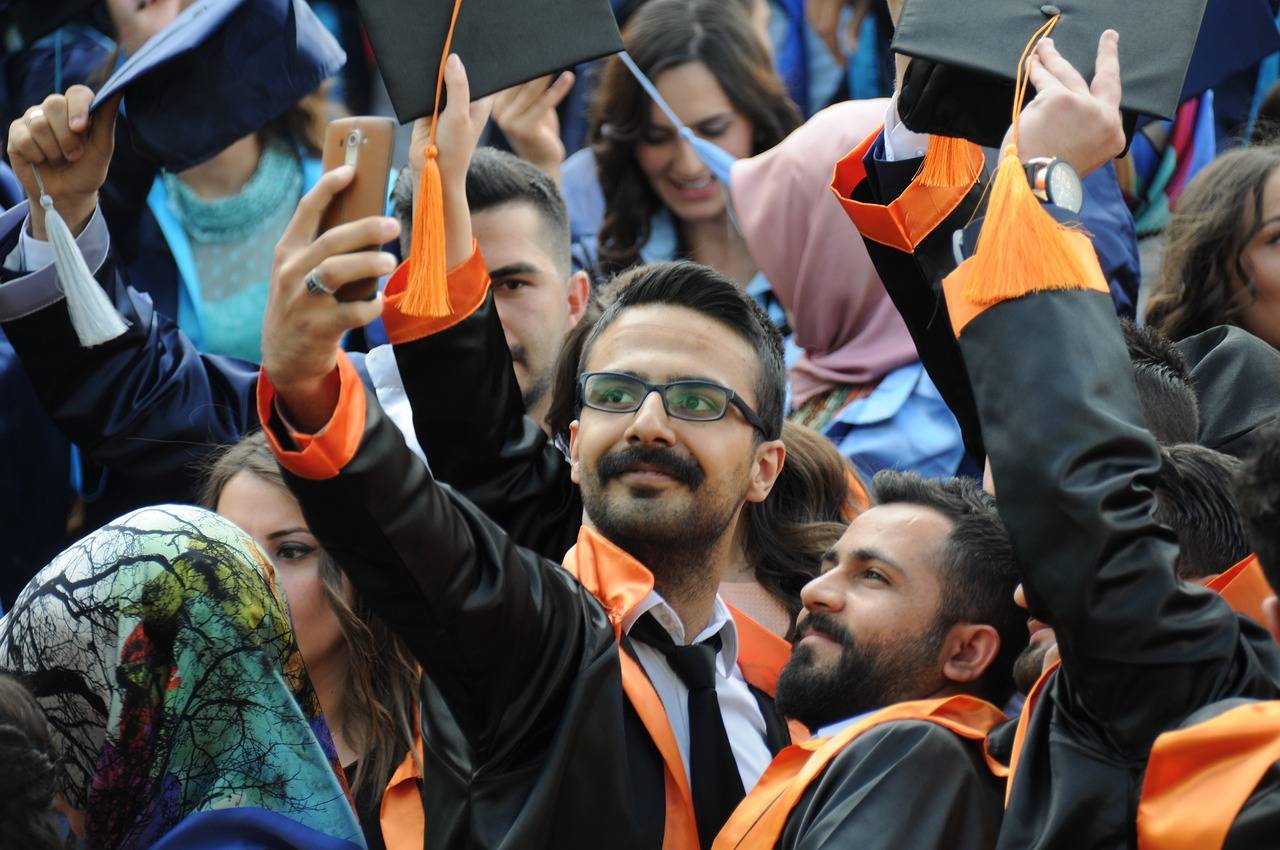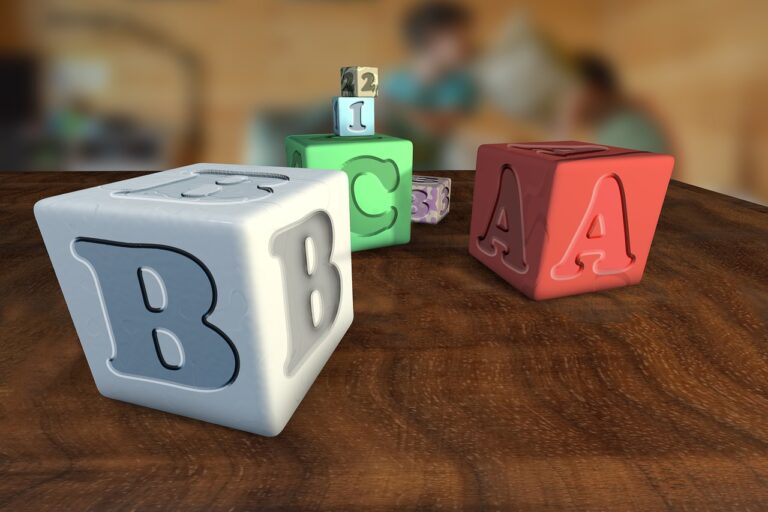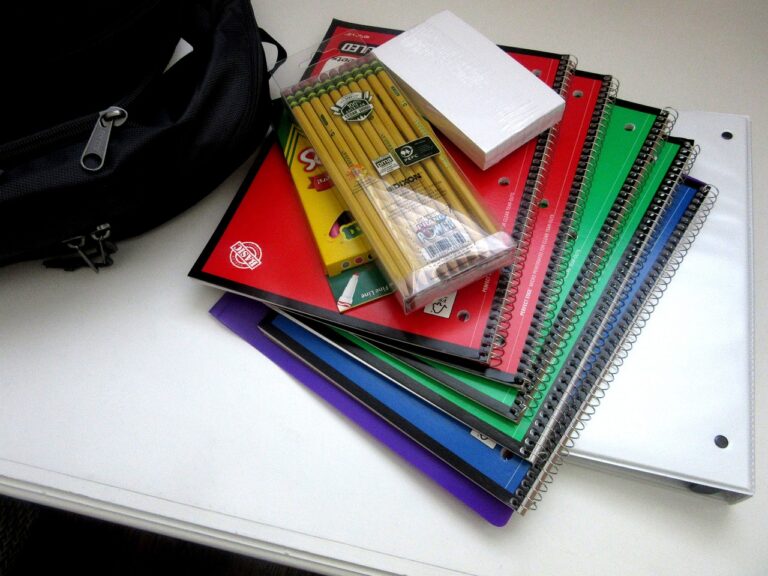Education in Conflict Zones: Challenges and Resilience
Amidst the turmoil of conflict zones, students grapple with formidable hurdles that undermine their ability to pursue education. The constant threat to their safety hampers their attendance at school, as families fear for the well-being of their children in such environments. Moreover, the lack of access to quality education resources further compounds the challenges, leaving students without the necessary tools to thrive academically.
Additionally, the psychological toll of living in conflict-ridden areas takes a heavy toll on students, impacting their mental well-being and ability to concentrate on their studies. Trauma from witnessing violence and experiencing displacement can lead to anxiety, depression, and post-traumatic stress disorder, creating a barrier to learning and hindering their overall academic performance. As a result, the educational outcomes of students in conflict zones are significantly compromised, perpetuating a cycle of disadvantage and hindering their future prospects.
Impact of conflict on education infrastructure
The impact of conflict on education infrastructure is profound and far-reaching. Schools, universities, and other educational institutions often become targets in conflict zones, resulting in physical damage to buildings and facilities. This destruction not only disrupts the delivery of education but also deprives students of a safe and conducive learning environment.
Moreover, conflict leads to the displacement of communities, including teachers and students, causing a significant drop in student enrollment rates. The loss of trained educators further exacerbates the situation, as the quality of education diminishes due to a lack of skilled personnel. As a result, the education system in conflict zones faces immense challenges in providing a stable and effective learning environment for students.
How do students in conflict zones face challenges in accessing education?
Students in conflict zones often face difficulties such as lack of schools, destroyed infrastructure, displacement, safety concerns, and limited resources for learning.
How does conflict impact education infrastructure?
Conflict can lead to the destruction of schools, universities, and other educational facilities, making it difficult for students to access quality education. It can also disrupt learning opportunities, increase dropout rates, and hinder the overall development of the education system.
Can education infrastructure be rebuilt after a conflict?
Yes, education infrastructure can be rebuilt after a conflict through various efforts such as rebuilding schools, training teachers, providing resources for students, and promoting a safe and conducive learning environment.
What are some strategies to mitigate the impact of conflict on education infrastructure?
Some strategies include providing alternative learning opportunities, supporting teachers and students, promoting peace education, advocating for increased funding for education in conflict-affected areas, and working towards sustainable peace and stability.
How can the international community help in addressing the impact of conflict on education infrastructure?
The international community can support efforts to rebuild education infrastructure in conflict zones by providing financial assistance, technical expertise, advocacy, and promoting peacebuilding initiatives to create a conducive environment for learning and development.





